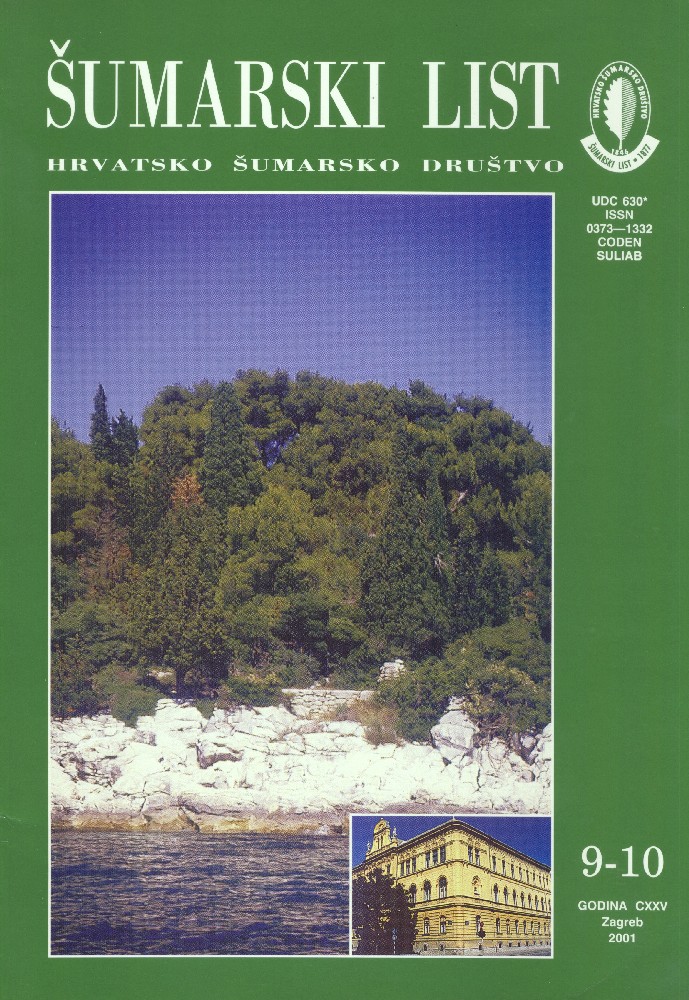Summary: Today, the molecular biology very likely is the biology branch with the fastest development and the highest impact in the research world, and there is not a single field of biological science where at least one of the molecular-biological methods is not used in the research. In its complexity, the present modern world forestry is one of the best examples of the use of various molecular-biological methods in different research works, but in the everyday practice either. The latest achievements in the molecular biology, such as Polymerase Chain Reaction – PCR, made the applicability of these methods to the forestry easier, so now these methods have become an indispensable tool, among other things, in the estimating of genetic variability, breeding programmes and conservation programmes. For these purposes, many methods have been developed such as RFLP (Restriction Fragment Length Polymorhpism), RAPD (Random Amplified Polymorphic DNA), AFLP (Amplified Fragment Length Polymorphism) and Microsatellites. As these methods show a certain DNA polymorphism specific for a given property (resistance to some disease, for instance) or for an individual, a population, a subspecies or any superior taxonomic unit, they are usually referred to as DNA markers (RAPD markers, for instance). Until recently, the laboratory research of population genetic variability has been limited by a small variability inside some populations. Today, to estimate the genetic variability, the various DNA markers are used, and their combination enabled to determine the genetic variability in all populations researched so far. This work is an effort to appeal to the forestry institutions which have to support these types of research, so that young research would become trained in such analyses by means of which, with a rather modest resources, considerable results can be obtained. It will do great harm to our forestry if such researches continue to be carried out, as until now, solely by the research workers who not being of the forestry profession are not aware enough of the practical forestry problems.
Key words: Croatia; forestry; molecular-biological methods |



